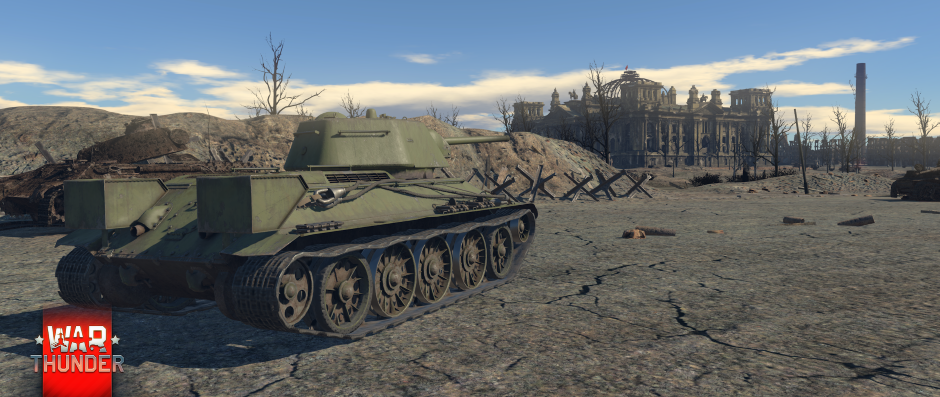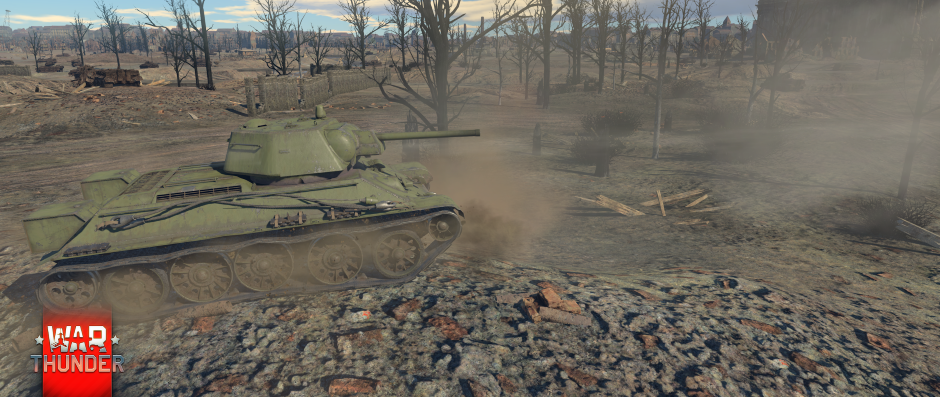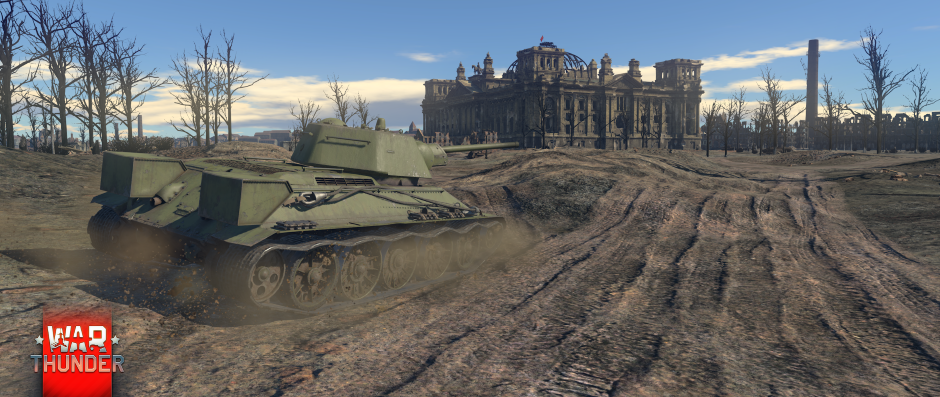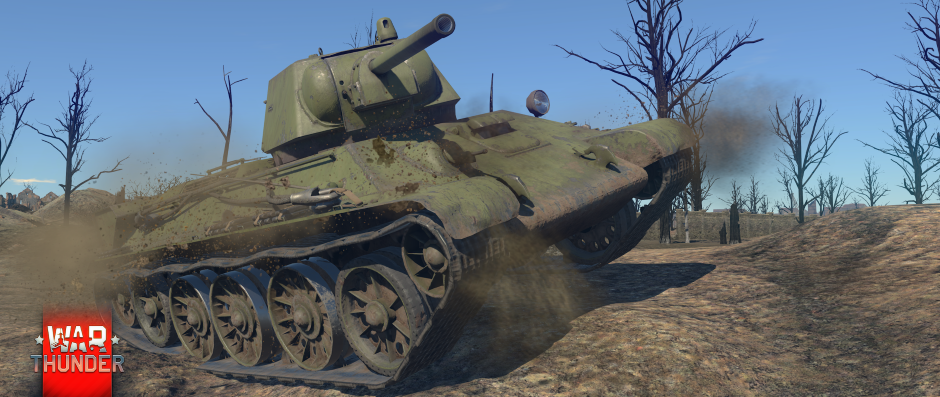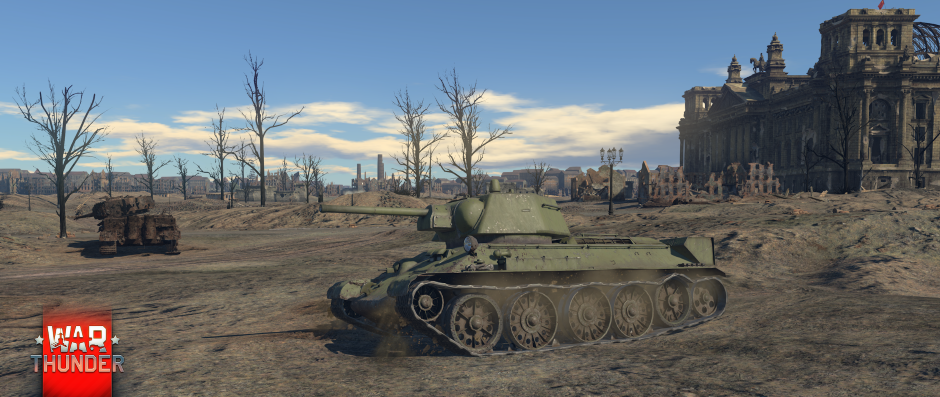
- For PC
- For MAC
- For Linux
- OS: Windows 10 (64 bit)
- Processor: Dual-Core 2.2 GHz
- Memory: 4GB
- Video Card: DirectX 11 level video card: AMD Radeon 77XX / NVIDIA GeForce GTX 660. The minimum supported resolution for the game is 720p.
- Network: Broadband Internet connection
- Hard Drive: 23.1 GB (Minimal client)
- OS: Windows 10/11 (64 bit)
- Processor: Intel Core i5 or Ryzen 5 3600 and better
- Memory: 16 GB and more
- Video Card: DirectX 11 level video card or higher and drivers: Nvidia GeForce 1060 and higher, Radeon RX 570 and higher
- Network: Broadband Internet connection
- Hard Drive: 75.9 GB (Full client)
- OS: Mac OS Big Sur 11.0 or newer
- Processor: Core i5, minimum 2.2GHz (Intel Xeon is not supported)
- Memory: 6 GB
- Video Card: Intel Iris Pro 5200 (Mac), or analog from AMD/Nvidia for Mac. Minimum supported resolution for the game is 720p with Metal support.
- Network: Broadband Internet connection
- Hard Drive: 22.1 GB (Minimal client)
- OS: Mac OS Big Sur 11.0 or newer
- Processor: Core i7 (Intel Xeon is not supported)
- Memory: 8 GB
- Video Card: Radeon Vega II or higher with Metal support.
- Network: Broadband Internet connection
- Hard Drive: 62.2 GB (Full client)
- OS: Most modern 64bit Linux distributions
- Processor: Dual-Core 2.4 GHz
- Memory: 4 GB
- Video Card: NVIDIA 660 with latest proprietary drivers (not older than 6 months) / similar AMD with latest proprietary drivers (not older than 6 months; the minimum supported resolution for the game is 720p) with Vulkan support.
- Network: Broadband Internet connection
- Hard Drive: 22.1 GB (Minimal client)
- OS: Ubuntu 20.04 64bit
- Processor: Intel Core i7
- Memory: 16 GB
- Video Card: NVIDIA 1060 with latest proprietary drivers (not older than 6 months) / similar AMD (Radeon RX 570) with latest proprietary drivers (not older than 6 months) with Vulkan support.
- Network: Broadband Internet connection
- Hard Drive: 62.2 GB (Full client)
The T-34 Model 1942 is the third variant of the T-34 in the main tree of War Thunder, following (logically enough) the Model 1940 and 1941. Like its predecessors it is not a long-range sniper, it excels in close-up brawls and has good mobility to close the distance to opponents. On maps with capture zones it can pay dividends to head straight for an objective as soon as the match starts; quicker enemy light tanks might get there first but you should have the edge in firepower and armour, and enough time to take the zone before slower, heavier tanks arrive.
At the time of its introduction the T-34 offered an unprecedented blend of speed, protection and firepower. It was a formidable opponent for German forces whose 37mm and 50mm guns had little chance of penetrating its armour. Issues including technical teething troubles, poor ergonomics and lack of crew experience and training reduced its impact, but the strengths of the tank forced the Germans to respond, increasing the armour and firepower of the Panzer III and IV and accelerating the development of the Panther and Tiger.
Most of the T-34’s armour is well sloped, increasing the effective thickness and helping to deflect shots. This gives it good protection, but high velocity 75mm and 76mm guns can penetrate even the thicker frontal armour at medium range, and there are flat areas and weak points that are vulnerable to a knowledgeable (or lucky) opponent with smaller guns.
Try to avoid facing the enemy head-on; if you keep moving it is more difficult to pick out your weak spots, if stationary then turning your turret at an angle while reloading can help slightly. As a battle develops avoid wide-open spaces where you are at a disadvantage, try to use terrain or buildings for cover to get close to opponents. Once the Artillery Support modification is unlocked this is a useful option for defending capture points, or dropping on enemy-held points prior to making an attack.
By 1942 the teething troubles of the T-34 had been resolved, though changes on the production line were limited to keep the supply of new tanks flowing. The key difference in the Model 1942 was a slightly larger new turret nicknamed ‘Gaika’ (hex-nut) for the shape, with two separate hatches rather than the single large hatch of previous models.
The 76mm F-34 gun of the Model 1942 is the same as the Model 1941, but can fire an additional type of ammunition: BR-350P APCR. This offers the best penetration out to about 500 metres, and it is worth carrying some of these shells to use against heavily armoured tanks. For less heavily armoured opponents the penetration of the BR-350B APHEBC should be sufficient, and the explosive content causes greater damage.
The 76mm-armed T-34 continued in production through 1943 but the thick armour of heavy German tanks demanded a more powerful weapon, so from 1944 the T-34 was armed with an 85mm gun in a new three-man turret. This had enough space for a dedicated gunner, allowing the tank commander to focus on directing the vehicle. Though withdrawn from front-line service after World War II T-34s saw combat over subsequent decades in places such as Korea, the Middle East and Angola; at least one T-34 was photographed in the Yemeni Civil War in 2015.
If you like to get up close and personal with the enemy the T-34 Model 1942 is an excellent tank that can be put into a line-up with heavy tanks, SPGs or SPAA to offer a variety of options, or alongside several other T-34s if you prefer.
Author: John “Zoso” Moore
Want to read more about the vehicles in War Thunder? Find other Vehicle Profiles on our website!
